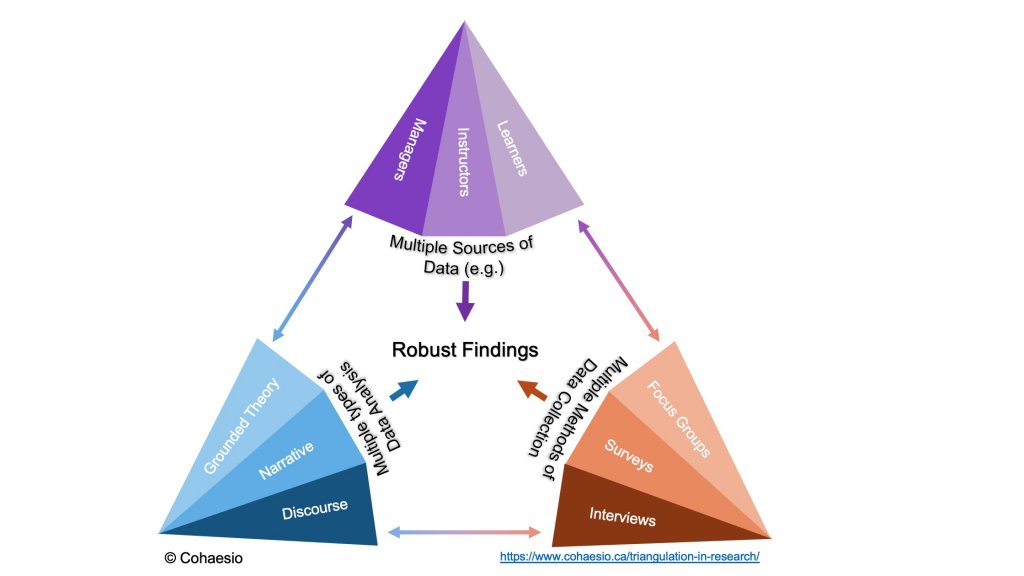What is the Market Size & CAGR of Transmission Oil Pumps market in 2023?
The Transmission Oil Pumps market is projected to reach a market size of USD 10 billion by 2023, with a Compound Annual Growth Rate (CAGR) of 6% during the forecast period. The increase in demand for automatic transmission systems in vehicles is a key factor driving the growth of the transmission oil pumps market.
COVID-19 Impact on the Transmission Oil Pumps Market
The COVID-19 pandemic has had a significant impact on the transmission oil pumps market. The global supply chain disruptions and temporary shutdowns in automotive production facilities have led to a decrease in demand for transmission oil pumps. However, as the automotive industry gradually recovers, the market is expected to witness a rebound in demand.
Transmission Oil Pumps Market Dynamics
Driver: The increasing adoption of automatic transmission systems in vehicles Restraint: Supply chain disruptions and production delays Opportunity: Rising demand for electric vehicles driving the need for transmission oil pumps Challenge: Intense competition among key market players
Segments and Related Analysis of the Transmission Oil Pumps Market
The Transmission Oil Pumps market can be segmented based on type, vehicle type, sales channel, and region. Each segment plays a crucial role in shaping the overall market dynamics and growth trajectory of the transmission oil pumps market.
Transmission Oil Pumps Market Analysis Report by Region
Asia Pacific Transmission Oil Pumps Market Report
The Asia Pacific region is expected to lead the transmission oil pumps market due to the presence of major automotive manufacturing hubs in countries like China, Japan, and India. The increasing production of vehicles with automatic transmission systems contributes to the growth of the market in this region.
South America Transmission Oil Pumps Market Report
The South America region is experiencing steady growth in the transmission oil pumps market, driven by the rising demand for passenger and commercial vehicles. Government initiatives to promote local manufacturing and reduce import dependency further fuel the market growth.
North America Transmission Oil Pumps Market Report
North America holds a significant share in the transmission oil pumps market, attributed to the high adoption rate of automatic transmission systems in vehicles. The presence of key market players and technological advancements in the automotive sector contribute to the market's growth in this region.
Europe Transmission Oil Pumps Market Report
Europe is a prominent market for transmission oil pumps, driven by the stringent emission regulations and the growing demand for fuel-efficient vehicles. The focus on reducing carbon footprint and improving overall vehicle performance accelerates the adoption of transmission oil pumps in the European automotive market.
Middle East and Africa Transmission Oil Pumps Market Report
The Middle East and Africa region exhibit potential growth opportunities in the transmission oil pumps market, supported by the increasing investments in automotive manufacturing and infrastructure development. The rising disposable income and growing urbanization drive the demand for vehicles equipped with advanced transmission systems.
Transmission Oil Pumps Market Analysis Report by Technology
The transmission oil pumps market can be segmented based on technology, including gear-type pumps, vane-type pumps, and screw-type pumps. Each technology offers unique advantages in terms of efficiency, durability, and performance, catering to diverse requirements in the automotive sector.
Transmission Oil Pumps Market Analysis Report by Product
The transmission oil pumps market encompasses a range of products such as automatic transmission pumps, manual transmission pumps, and hybrid transmission pumps. Each product category serves a specific niche within the automotive industry, catering to the evolving needs of vehicle manufacturers and consumers.
Key Growth Drivers and Key Market Players of Transmission Oil Pumps Market and Competitive Landscape
The key growth drivers of the transmission oil pumps market include technological advancements in transmission systems, increasing vehicle production, and the shift towards electric vehicles. Key market players operating in the transmission oil pumps market include:
- Company A
- Company B
- Company C
- Company D
Transmission Oil Pumps Market Trends and Future Forecast
The transmission oil pumps market is witnessing trends such as the integration of IoT technology in transmission systems, the development of lightweight and compact pumps, and the focus on enhancing fuel efficiency and performance. The future forecast indicates sustained growth in the market driven by innovation, regulatory compliance, and evolving consumer preferences.



